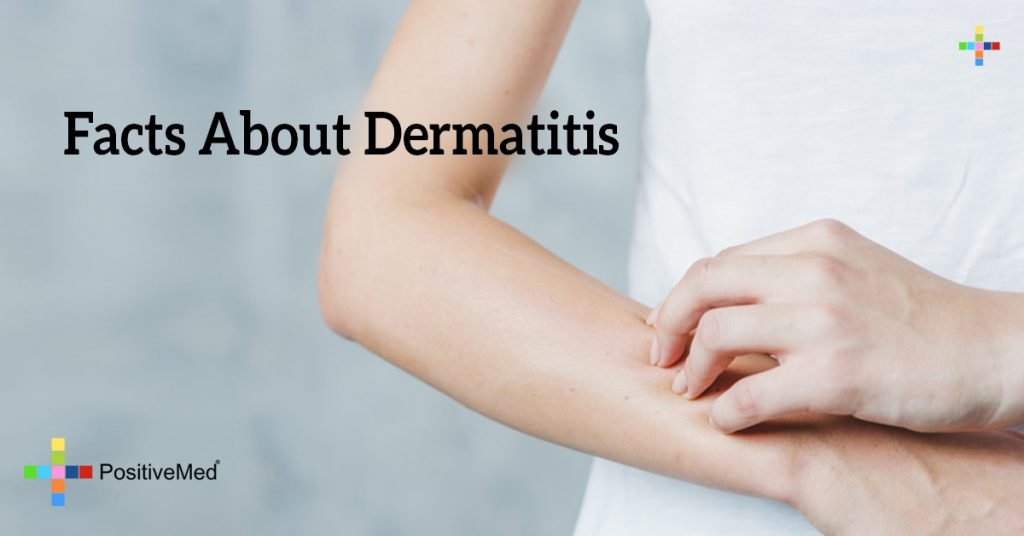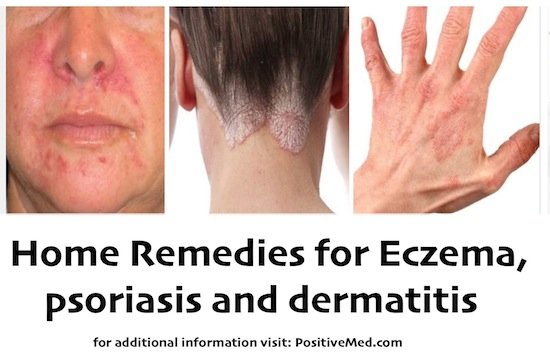
Facts About Dermatitis
[Last updated on May 13th 2014]
Medically Reviewed by Nima Shei, MD
Simply put, dermatitis means skin inflammation, but it includes several ailments. You can usually find red, dry, itchy skin in the initial stages of dermatitis. Severe dermatitis can include crusty scales or blisters filled with fluid that seeps out.

There are several other factors that can cause skin irritation and inflammation, we can sum up dermatitis in 5 types.
1. Atopic Dermatitis
This is also known as eczema, it causes itchy skin, scales, swelling, and sometimes blisters. This type of dermatitis often occurs in families and is linked to allergies, asthma, and stress. The rashes usually start during childhood. Common locations of rashes include elbow creases, behind the knees, on the cheeks, and on the buttocks.
2. Contact Dermatitis
Contact dermatitis causes a red or pink itchy rash. It’s hard to pinpoint the exact cause of contact dermatitis, it’s divided into two categories: allergic contact dermatitis and irritant contact dermatitis. Allergic contact dermatitis is an allergic reaction to something that touches the skin, even briefly, like poison ivy. Several things can cause allergic contact dermatitis including fragrances, hair dyes, metals, rubber, flowers, herbs, fruits, vegetables, and skin care products.
Irritant contact dermatitis is caused by something harsh repeatedly aggravating your skin in the same place. One common example is dry, damaged skin caused by over-washing of hands. Water works as an irritant and dries your skin with repeated exposure. The ratio of occurrences of irritant to allergic dermatitis is 8:2.
3. Nummular Dermatitis
This includes distinctive round red plaques usually seen on legs, arms, hands, and torso. It’s more common in men than women and usually occurs between the ages of 55-65. Taking frequent hot showers or residing in a dry environment can cause nummular dermatitis.
4. Seborrheic Dermatitis
This is often called cradle cap in infants, it consists of greasy red or yellow scaling of the scalp, genitals, or face. On the face it usually occurs in or near your eyebrows or on the sides of your nose. It can be aggravated by stress. On adults it’s known as dandruff.
5. Stasis Dermatitis
It’s common in people with varicose veins, congestive heart failure, or other diseases that cause chronic leg swelling, it’s usually caused by poor circulation in the legs. The veins of our lower legs fail to return blood which results in blood pooling, fluid accumulation, and swelling. This swelling leads to skin irritation, especially around your ankles.
1. Usually eczema occurs from allergies and in families who have asthma or hayfever.
2. Dermatitis is more likely to occur in people with oily skin or hair. It can be seasonal and hereditary factors play a key role.

Home Remedies for Dermatitis
Here are some simple tips to manage dermatitis:
1. Use non-prescription anti-itch products
Over-the-counter hydrocortisone cream or calamine lotion can temporarily relieve your itching. Other oral antihistamines like Benadryl can be helpful for severe itching. Many people find relief using coconut oil topically, it decreases redness and itching while gently moisturizing the skin. Jojoba and tea tree oils can be used as well.
2. Take a cool comfortable bath
Sprinkle baking soda or colloidal oatmeal (finely ground oatmeal that’s made for the bathtub) to your bath of tepid to warm water. If you want to use oatmeal from home place about a cup in an old sock and tie it closed, run bath water directly through the oatmeal sock, then throw it away.
3. Apply cool wet compresses
Cover your skin with a bandage or dressing to help you to avoid scratching of the affected area. Wear loose clean clothes.
4. Choose smooth textures
Wear cotton clothes with a smooth texture to avoid further irritation of the skin. Ensure your clothes are clean and completely dry.
5. Choose mild detergents
Try unscented laundry products, you can use baking soda to make fabrics softer or choose types made for sensitive skin because your sheets, clothes, and towels regularly touch your skin.





